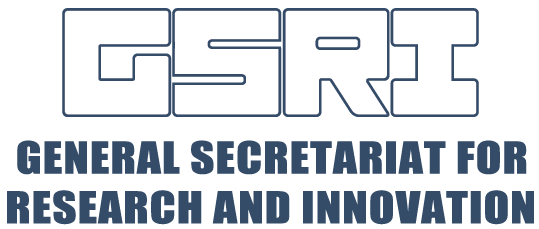Angeliki Magklara
Group Leader at BRI-FORTH and Associate Professor of Clinical Chemistry, Faculty of Medicine, University of Ioannina
The overarching goal of our lab is to delineate mechanisms that regulate innate and acquired drug resistance in breast cancer, aiming to identify new therapeutic targets that can be exploited to prolong patient survival and improve their quality of life. To this end we conduct basic and clinical research.
Liquid biopsy (Figure 1a) has emerged as a powerful, minimally invasive technique that can provide tumor molecular footprints in real time and uncover novel genetic alterations that may cause therapy resistance before the patients’ clinical relapse. Liquid biopsy biomarkers, such as circulating tumor DNA (ctDNA) (Figure 1b), have also shown great promise for early diagnosis, prognosis and disease monitoring in cancer.
Cancer stem cells (CSCs) are defined as a small subset of aggressive tumor cells marked by their capacity for self-renewal and differentiation as well as their increased resistance to conventional therapeutic schemes (Figure 1c). The unique epigenetic state of CSCs is believed to regulate their malignant characteristics and contribute to intrinsic therapy resistance.
Acquired chemoresistance is an unmet clinical challenge especially in triple-negative breast cancer (TNBC), often leading to early relapse, metastasis and death. We have generated several chemoresistant TNBC cell lines and we use state-of-the-art omics techniques, to explore the mechanisms that contribute to acquired chemoresistance and identify new therapeutic targets.
Our current work is aimed at:
- Developing and applying highly sensitive liquid biopsy techniques for the detection of ctDNA in cancer patients.
- Unravelling the epigenetic profile of breast cancer stem cells and identifying therapeutic vulnerabilities that can be targeted to eliminate this cell population.
- Deciphering the mechanisms of acquired chemoresistance in TNBC by using advanced omics techniques, such as ATAC-seq (Figure 1d) and single-cell RNA-seq (Figure 1e).




Figure 1: Clinical and basic research in drug resistance in breast cancer. (a) The most studied liquid biopsy biomarkers are depicted, namely circulating tumor cells (CTCs), circulating tumor DNA (ctDNA), cell-free RNA (cfRNA), extracellular vesicles (EVs) and tumor-educated platelets (TEPs). (b) ctDNA carries the same genomic (point mutations, insertions/deletions, translocations, copy number variations) and epigenomic (DNA methylation) alterations as the tumor tissue DNA. (Vlataki et al. Cells 2023, 12(12), 1573) (c) Breast cancer cell lines (MCF-7, T47D, MDA-MB-453) grown as monolayer or mammospheres that are enriched in breast cancer stem cells (photo by J. Verigos). (d) RNA- and ATAC- seq data from parental and paclitaxel-resistant TNBC SUM159 cells showing that induction of gene expression in chemoresistant cells is accompanied by chromatin opening. (e) Single-cell RNA-seq experiments in parental and paclitaxel-resistant TNBC SUM159 cells showing that a rare subpopulation of cells expressing ABCB1, a membrane pump that mediates chemoresistance, pre-exists and expands upon drug pressure.






